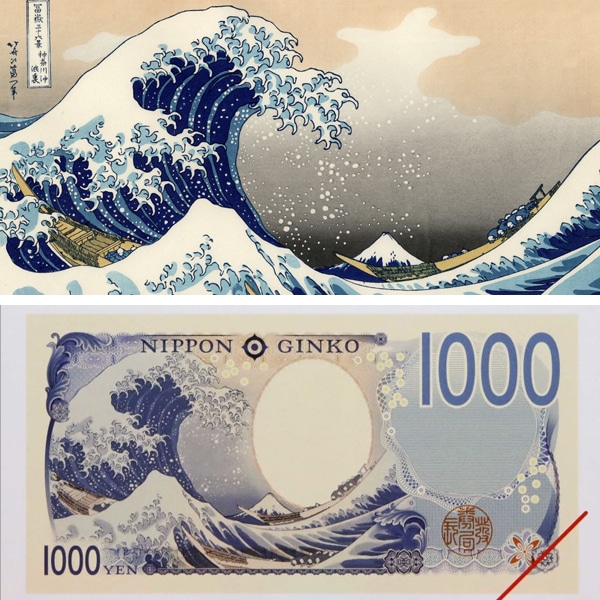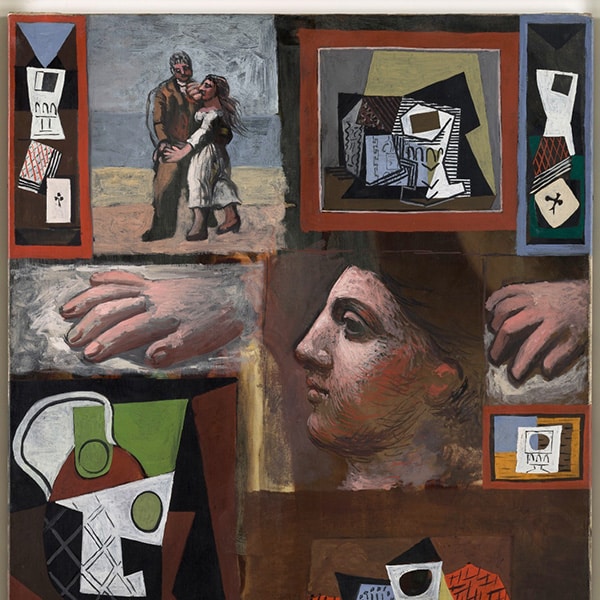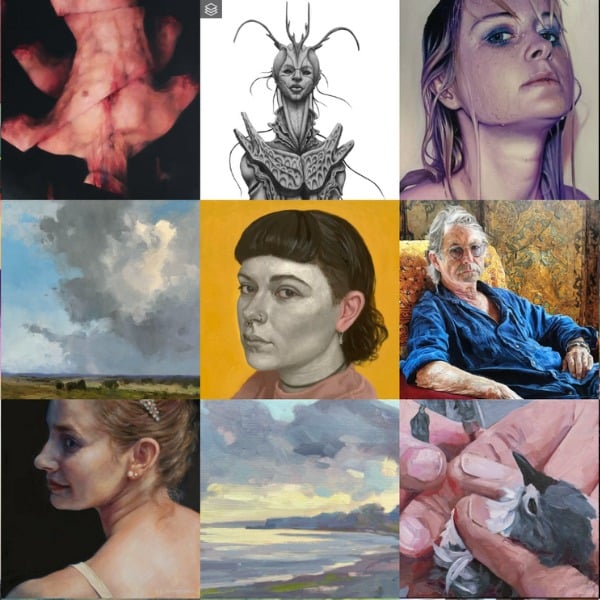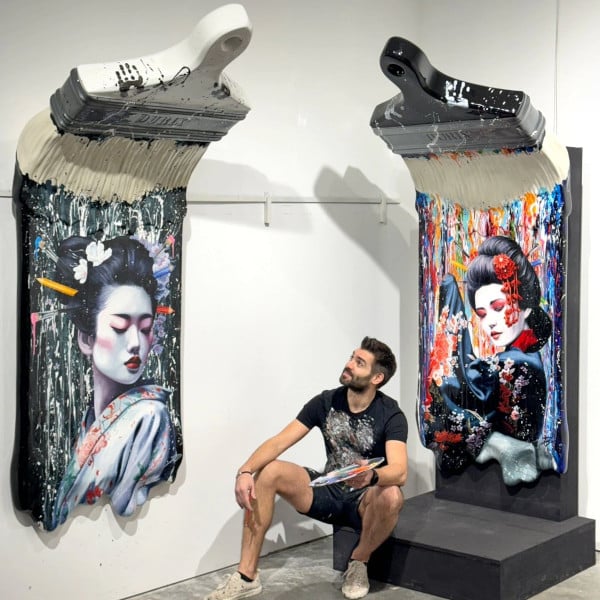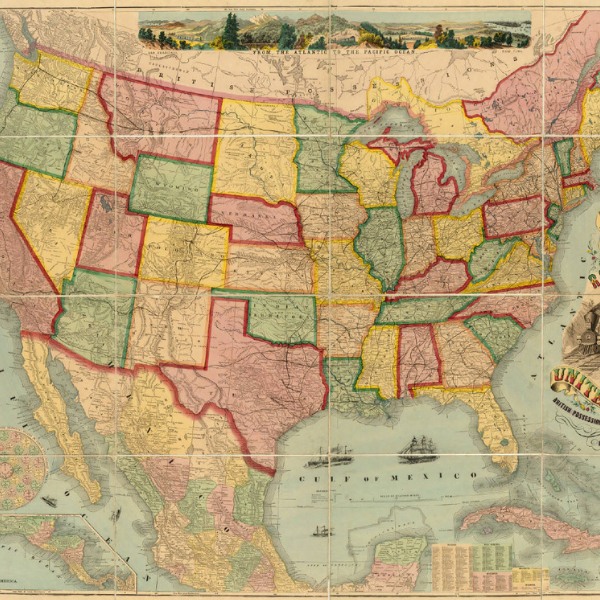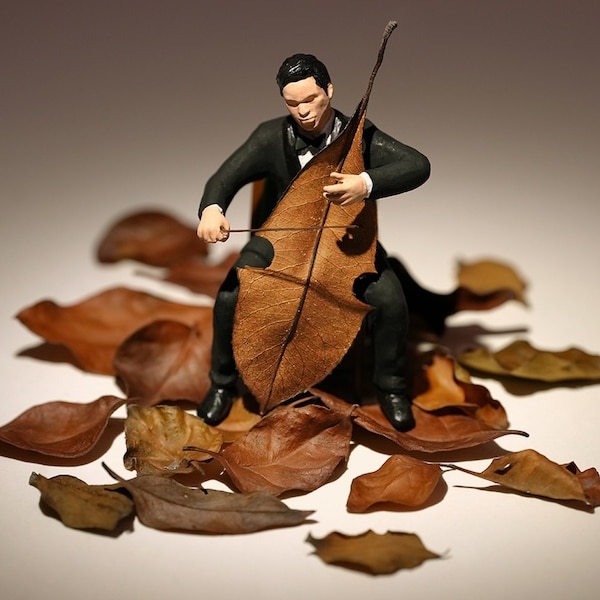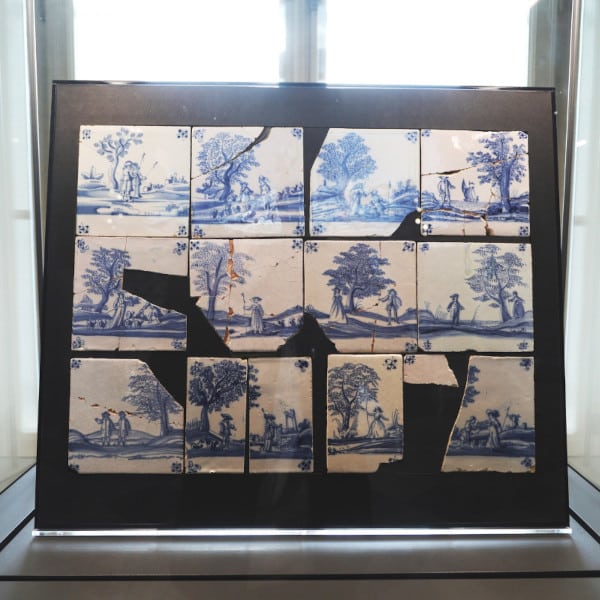
Photo: Stock Photos from Brian A Jackson/Shutterstock
Learning how to draw is an ongoing journey. For those that didn't pick up art at an early age, it may even feel daunting to reach for a pencil and sketch your favorite animal. However, don't let those worries get you down. Although there are incredible artists out there, each one had to begin somewhere, and, like all creative skills, drawing is something that can improve with passion and dedication.
Many budding artists struggle because they set unrealistic standards for themselves, leading to creative blocks and low motivation. Remember that a good foundation is irreplaceable, and basic drawing techniques will help you draw a realistic portrait. With that in mind, consider what your drawing level is now and set a realistic goal for yourself—such as drawing a hand, or a butterfly, or making fan art of your favorite TV show character. It can be anything at all, just as long as the goal feels feasible for you. Alternatively, making a series of smaller goals is another excellent way to maintain motivation. Plus, you can feel the pride of accomplishment even more often!
Whether you've been sketching for years or are yearning to get started, we've put together a list of five practical tips on how to improve your drawing skills and take your art to the next level.
Need some new art supplies before you begin drawing? Check out our guides for the best drawing pencils, colored pencils, sketchbooks, pens, and markers that professionals and enthusiasts love.
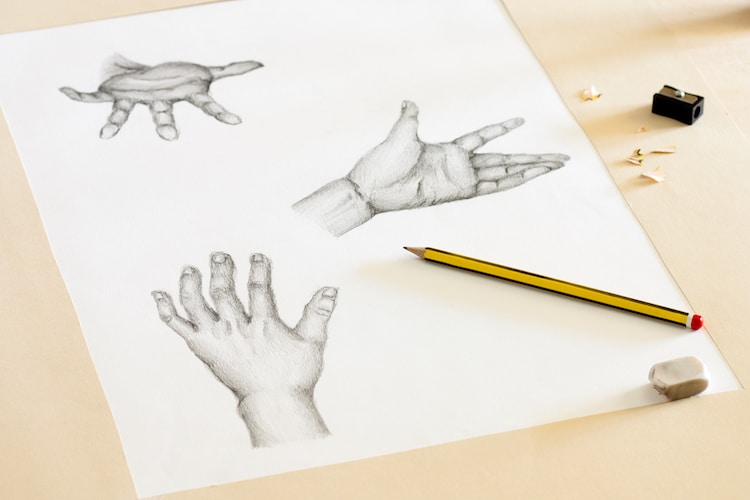
Photo: Stock Photos from Alessandro de Leo/Shutterstock
Practice drawing every day
We've all heard this advice before, but it's worth repeating. Improving your drawing skills requires consistent practice—preferably every day. To understand why this is important, you can compare drawing with sports. Just as it takes a baseball pitcher hours and hours of practice to throw a perfect curveball, it takes plenty of time (and paper) to render an apple realistically.
Although the professional illustrator on your Instagram feed may appear to glide through their intricate landscape, this is only because they have spent years perfecting their skills. Even if you've succeeded in other art forms like pottery or sculpture, drawing can still present a unique challenge. That is because when you draw—especially when you draw from life—you are translating three-dimensional objects into a two-dimensional medium. This requires you to train your brain and hands to work together to create accurate mark-making. Only through steady practice can you develop these important abilities.
Use lists of drawing ideas to inspire your daily practice session.
A blank page can be daunting. If you don't know where to start, seek out lists of prompts to help you hone your skills. This list of things to draw in your house is a great resource for finding inspiration in everyday objects. If you feel like you have that covered, try your hand at completing this list of 100+ drawing ideas that will stretch your imagination.
Study the basics.
Understanding the fundamentals of drawing is equally important for beginners and professionals. Returning to the essential lessons on how to break objects and figures into shapes and how to add three-dimensionality through shading is never a waste of time, and will actually deepen your understanding of these important concepts.
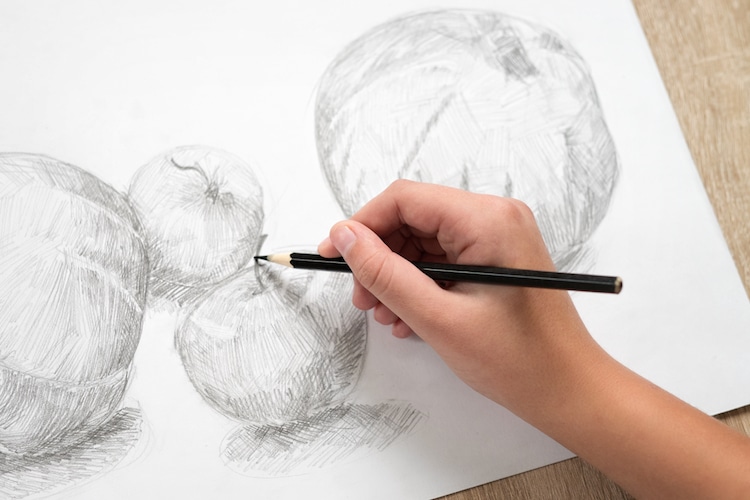
Photo: Stock Photos from Tatiana Kochkina/Shutterstock
Incorporate different drawing exercises into your practice.
When you feel like your creative process has gotten a bit stale, try doing some drawing exercises to get rid of the cobwebs. This can include drawing still lives of fruits and household objects to hone your basic drawing skills or copying photographs into your sketchbook. If you want to test your attention to detail, try drawing a reference photo from memory. Additionally, tracing over sketches by other artists is an informative way to understand how they were made and learn those techniques for yourself.
Make drawing part of your routine.
Thanks to modern technology, organizing your drawing schedule has never been easier to do. If you need a little reminder to practice, consider setting an alarm on your phone for a specific time of the day that you want to dedicate to sketching. Or, if you prefer physical calendars, write your allotted creative hour(s) into a planner to make sure you keep that time free for your art.
Keep a sketchbook

Photo: Stock Photos from Don_Mingo/Shutterstock
If you have a Pinterest board dedicated to enviable sketchbook spreads, then why not pick up a journal to begin your own adventure? Aside from their aesthetic beauty, there are dozens of useful advantages to keeping a sketchbook. For instance, it gives you one place to store your practice and document your progress. Additionally, a small sketchbook is a portable tool—providing you with the freedom to draw wherever inspiration strikes you.
Since a sketchbook is such a personal object, it's also important to find one that will fit with your needs and lifestyle. For example, a hardcover may be able to endure commutes in a backpack, but certain spiral bounds have perforated pages that allow you to remove sketches without any damage to the book.
Regardless of how alluring sketchbooks are, however, drawing in one isn't for everybody. If you feel like working inside a bound book adds too much pressure, don't feel bad about working on printer paper or even lined paper. The goal of sketchbooks is to store and document your ideas, but you can just as easily compile your loose leaves inside folders and binders.
Study other artists

Photo: Stock Photos from Photographee.eu/Shutterstock
Researching historical and contemporary artists you admire is essential to developing your artistic eye. Consider visiting local art museums to observe a variety of mediums and styles up close. Remember to bring along your sketchbook so that you can jot down the names of artists you like as well as copy elements of their work that inspire you.
Additionally, if you're on Instagram, you can use the library of art hashtags to find contemporary artists that you'd like to see on your timeline. Seeing new art every day is visually stimulating and will add extra motivation to your practice sessions. Similarly, you can also create a Pinterest board of illustrations that you're fond of to refer back to when you're stuck in a creative block.
Read drawing books

Photo: Stock Photos from Ermolaev Alexander/Shutterstock
A good book can help you through all types of tasks—drawing included. Fortunately, there's a myriad of “how to draw” books that specialize in beginner, intermediate, advanced, and everything in between. Do you have a specific problem you want to tackle? Even better! Below are a few books we recommend to guide you through various drawing techniques.
Drawing on the Right Side of the Brain: The Definitive, 4th Edition by Betty Edwards
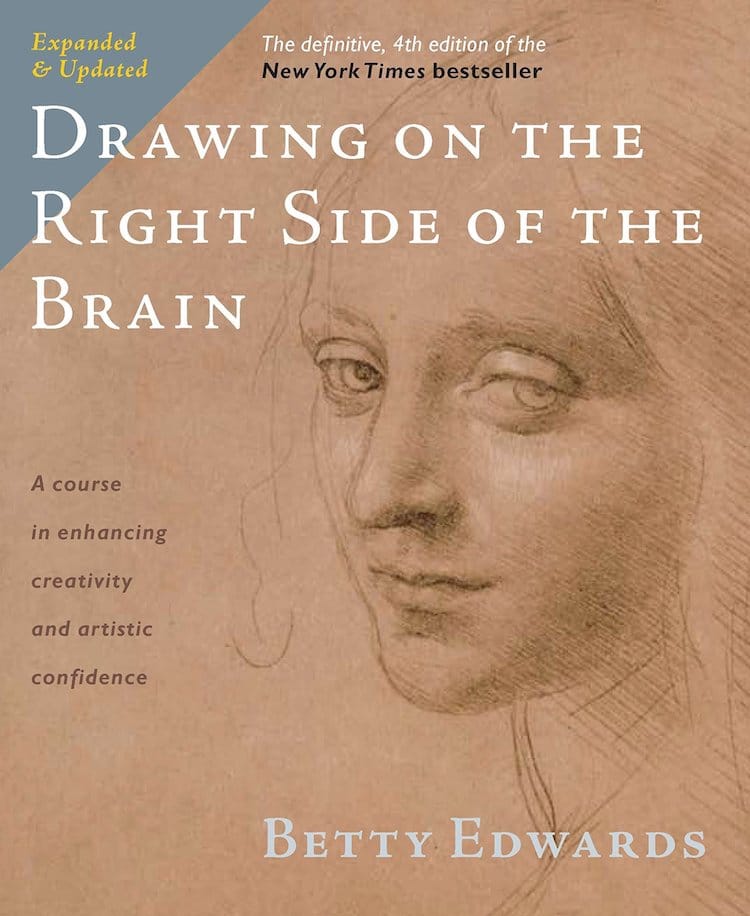
Betty Edwards | $18.40
You've likely already seen this cover as Drawing on the Right Side of the Brain is considered to be the quintessential instructional drawing book by many artists and educators. Not only will this book guide you through various drawing exercises, but it will also “deepen your artistic perception.”
Perspective Made Easy by Ernest R. Nowling
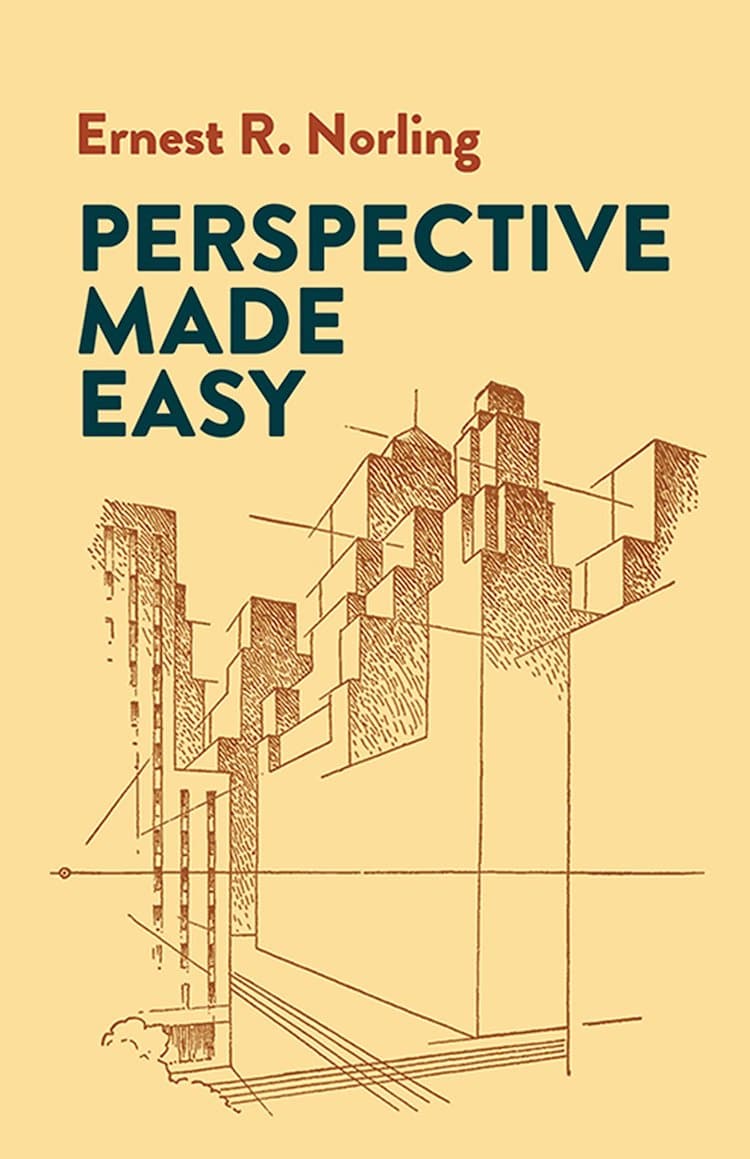
Ernest R. Norling | $10.07
If you feel like you have a handle of drawing figures and objects but are struggling with how to organize compositions on the page, then you might need a lesson in perspective. This book demystifies the intimidating laws of perspective, helping you draw interiors, street scenes, and more.
50 Ways to Draw Your Beautiful Ordinary Life by Irene Smit & Astrid van der Hulst & the Illustrators of Flow
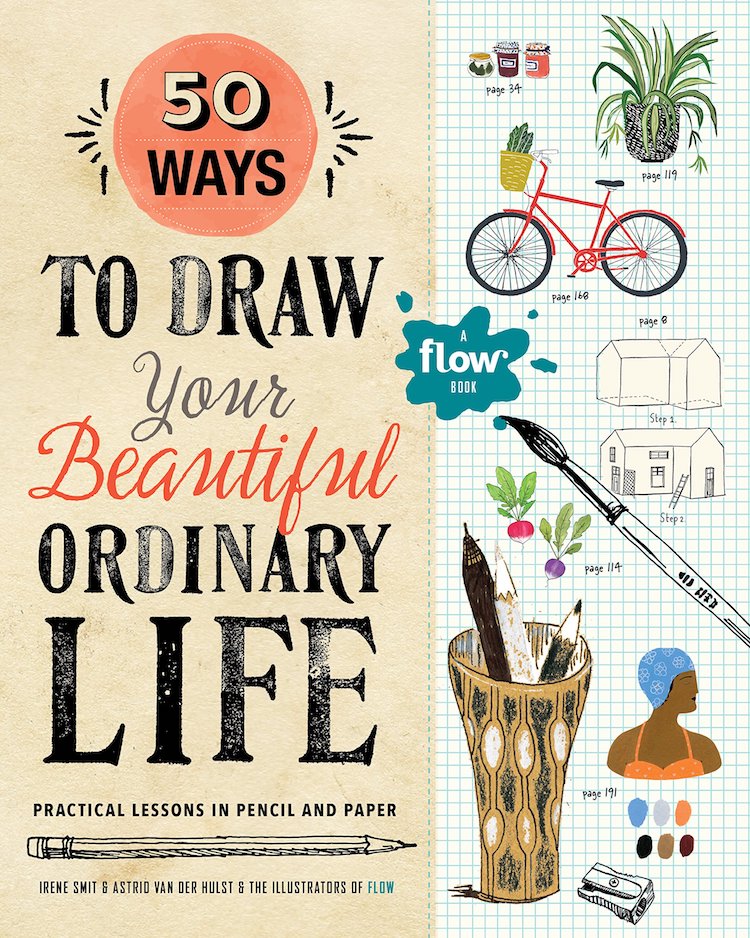
Irene Smit & Astrid Van Der Hulst | $22.95
50 Ways to Draw Your Beautiful Ordinary Life is an educational book that will nurture curiosity in the small things and encourage mindfulness. In addition to 50 lessons in sketching the world around you, it also includes several other creative activities—such as DIY postcards and paper dolls—to keep you actively inspired.
There's also a universe of educational text online. Check out our other guides to help you understand perspective, make striking black and white drawings, and sketch in different drawing styles.
Take a class
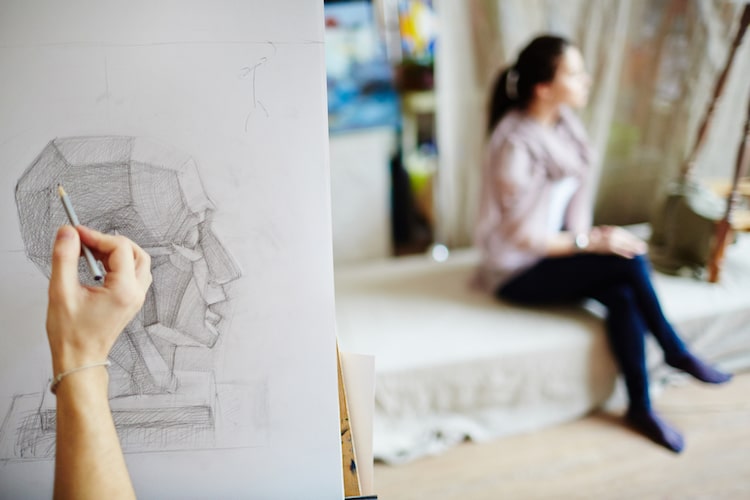
Photo: Stock Photos from Pressmaster/Shutterstock
Although some creatives can flourish when working independently, there's something to be said for a classroom environment. Having a teacher to guide you through the drawing process and provide constructive criticism is invaluable. Plus, being in an environment with other aspiring artists is a great way to foster community and motivate you to keep improving. If going to a local art class isn't an option for you, however, there are still many other educational routes available.
Sign up for an online class.
Participating in an online class will provide you with a learning environment, while also granting you the liberty to work from home and around your busy schedule. Signing up for a membership on Skillshare will give you access to over 25,000 classes in drawing, graphic design, and beyond so that your artistic journey continues to new and exciting places.
Watch “how to draw” tutorials on YouTube.
Although YouTube videos aren't exactly the same as a “school” setting, they are a fun (and free!) way to receive thorough instructions on a variety of drawing topics. Another advantage to videos is that you get to see an artist work up close and can pause and replay the tutorials as many times as you need.
Tip: if you feel like the artist is drawing too fast, lower the playback speed on the video in the control settings.
Follow instructional artists on Instagram.
Instagram is one of the best social media platforms for sharing artwork. On there you can find thousands of talented illustrators who make step-by-step guides and timelapse videos on how to draw people, landscapes, animals, and much more.
View this post on Instagram
View this post on Instagram
View this post on Instagram
Looking for others who love drawing? Join our Art, Design, Photography, and Drawing Club on Facebook!
Related Articles:
Talented Artists Share Their Favorite Tips for Improving Your Drawing Skills
10 Tips for Creating Dynamic Drawings Using Only Black and White
8 Different Types of Drawing Styles You Can Try Right Now
Learn the Basics of Perspective to Create Drawings That Pop Off the Page











































































